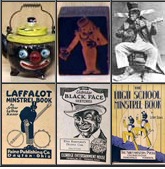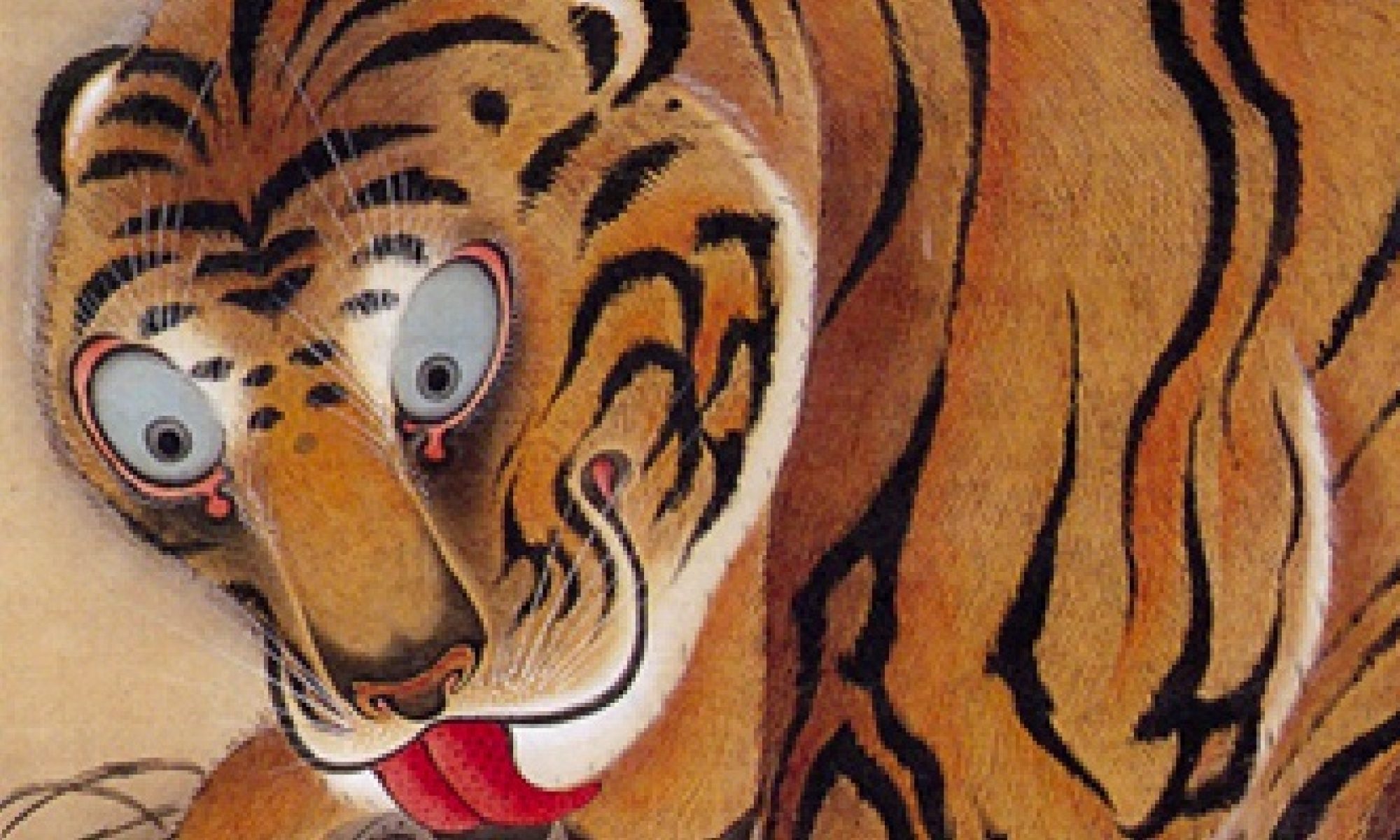 In 1829, Jim Crow was both the name of a song and the name of a satirized character written and portrayed on stage by Thomas Dartmouth “Daddy” Rice, who used blackface makeup to darken his skin in order to parody a Black man in this role. Later, Jim Crow laws were state and local laws in the United States enacted between 1876 and 1965 (Wikipedia). They mandated de jure racial segregation in all public facilities. Ferris State University’s Jim Crow Museum of Racist Memorabilia explains,
In 1829, Jim Crow was both the name of a song and the name of a satirized character written and portrayed on stage by Thomas Dartmouth “Daddy” Rice, who used blackface makeup to darken his skin in order to parody a Black man in this role. Later, Jim Crow laws were state and local laws in the United States enacted between 1876 and 1965 (Wikipedia). They mandated de jure racial segregation in all public facilities. Ferris State University’s Jim Crow Museum of Racist Memorabilia explains,
Rice’s subsequent blackface characters were Sambos, Coons, and Dandies. White audiences were receptive to the portrayals of Blacks as singing, dancing, grinning fools.
By 1838, the term “Jim Crow” was being used as a collective racial epithet for Blacks, not as offensive as nigger, but as offensive as coon or darkie. Obviously, the popularity of minstrel shows aided the spread of Jim Crow as a racial slur. This use of the term did not last past a half century. By the end of the 19th Century, the words Jim Crow were less likely to be used to derisively describe Blacks; instead, the phrase Jim Crow was being used to describe laws and customs which oppressed Blacks.
The website originally created as a companion site for the Thirteen/WNET New York series THE RISE AND FALL OF JIM CROW contains resources for educators.
